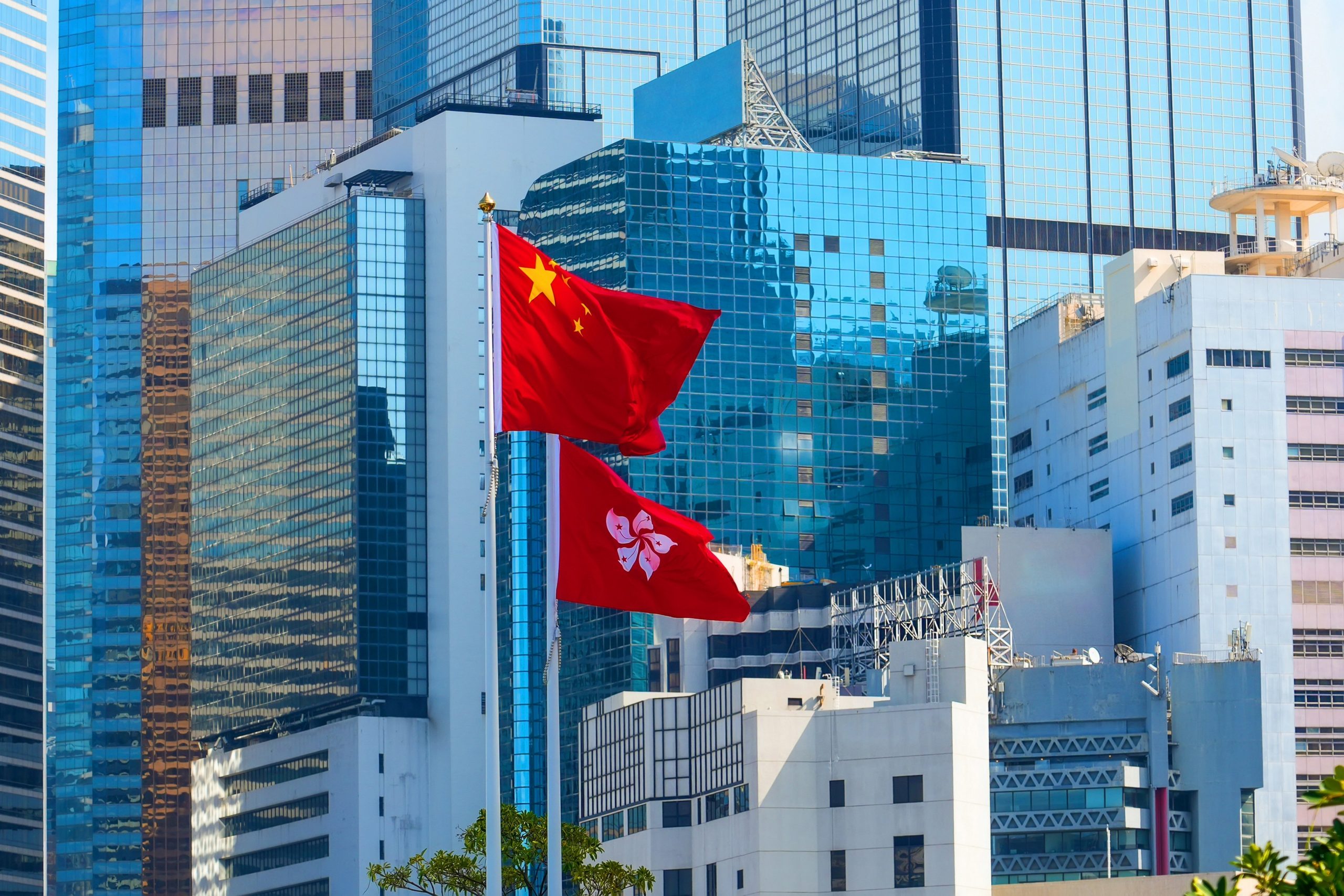Foreign Funds Edge Back Into Hong Kong Stocks as Mainland Outflows Ease
By Wang Xiaoqing and Denise Jia

Overseas investors made net purchases of Hong Kong-listed shares and U.S.-traded Chinese American depositary receipts (ADRs) for the first time in 41 weeks, signaling a tentative return to Chinese markets, even as foreign appetites for mainland stocks remained weak.
China International Capital Corp. (CICC), citing Emerging Portfolio Fund Research (EPFR) data, said that in the week of July 24-30, active foreign inflows into Hong Kong equities and ADRs reached $4.29 million, reversing a $320 million outflow the week prior.
Active funds continued to exit Chinese mainland A-shares, though the pace of outflows slowed significantly to $9.3 million from about $200 million the previous week.
Across A-shares, Hong Kong stocks and ADRs, passive foreign inflows slowed during the same week. Passive funds brought in $230 million to A-shares and $970 million to Hong Kong stocks and ADRs, down from $1.32 billion and $1.85 billion, respectively, in the previous week.
Liu Gang, CICC’s chief overseas strategist, noted that as of the end of June, active foreign investors had further increased their underweight positions in Chinese equities. Their allocations were 1.3 percentage points below benchmark levels, compared with 1.1 points at the end of May.
A separate Goldman Sachs report showed that despite a 10-week streak of net inflows totaling $14 billion into emerging-market equity funds through July 30, China stocks saw $5.8 billion in net outflows over the same period.
Southbound trading via the Hong Kong-mainland Stock Connect program has been a major reason for Hong Kong stock market’s rally this year. Goldman raised its 2025 forecast for annual southbound inflows from $110 billion to $160 billion. As of Aug. 1, cumulative inflows had already reached $113 billion.
In the same report, Goldman lifted its 12-month target for the MSCI China Index from 85 to 90 and nudged its forecast for the CSI 300 Index from 4,400 to 4,500.
According to Hong Kong’s Monetary Authority (HKMA), which also cited EPFR data, Asia saw $91.5 billion in net capital inflows from April to July 2025 — of which $44.3 billion flowed into Chinese mainland and Hong Kong. Most of this capital came from U.S. and European investment vehicles, with a significant share allocated to Chinese mainland bonds via Hong Kong.
In contrast, during the first quarter of the year, Asia recorded just $10.7 billion in net inflows, while China experienced a net outflow of $10.6 billion.
Eddie Yue, HKMA chief executive, wrote on Aug. 4 that Hong Kong’s total assets under management (AUM) grew 13% year-on-year to HK$35 trillion ($4.46 trillion) by the end of 2024, according to a mid-July Securities and Futures Commission survey. Private banking and wealth management stood out, with AUM rising 15% and net inflows reaching HK$384 billion.
Looking ahead, foreign long-term capital remains cautious on Chinese assets. Tai Hui, chief Asia market strategist at J.P. Morgan Asset Management, told Caixin in late July that U.S. and European investors are tactically bullish on Chinese stocks but remain neutral to slightly positive from a long-term, strategic perspective.
Geopolitical risks remain a concern, Tai added, noting that sustained foreign inflows are unlikely without clearer signs of U.S.-China stability, improving corporate earnings and stronger macroeconomic data.
Contact reporter Denise Jia (huijuanjia@caixin.com)
caixinglobal.com is the English-language online news portal of Chinese financial and business news media group Caixin. Global Neighbours is authorized to reprint this article.
Image: aapsky – stock.adobe.com
